When Erin Benzakein and her family started growing flowers commercially eight years ago at Floret Flower Farm in Washington State’s Skagit Valley, perennials were an important part of the mix. After weed pressure and voles wreaked havoc on the perennials, they switched to annuals only. “We were focusing on high volume and annuals,” Benzakein said recently.
Fast forward to today where the emphasis at Floret is on design work, which has garnered prestigious awards, accolades, and workshops fully subscribed as soon as registration opens. Benzakein said the prominence of design work brought Floret back to perennials and woodies because of the rich pallet of flowers, foliages, textures and unique elements these long-producing plants offer. Recently, they planted an eighth of an acre in perennials within the two acres in cultivation.
Horticulturists and some farms make clear distinctions between trees and shrubs (woodies) and the herbaceous perennials that die back in the fall and reemerge in the spring. Farms and nurseries that specialize certainly make those divisions, but small-scale flower farmers who grow them along with a mix of annuals may not draw a hard line between them.
“The perennials and woodies are all planted in areas and systems that make them easy to maintain from year to year with the understanding that they won’t be moving,” said Jennie Love, owner of Love ’n Fresh Flowers, an urban flower farm and design studio in Philadelphia.
Below is an arrangement by Jennie Love, owner of Love ‘n Fresh Flowers, incorporating mountain mint and northern sea oats.
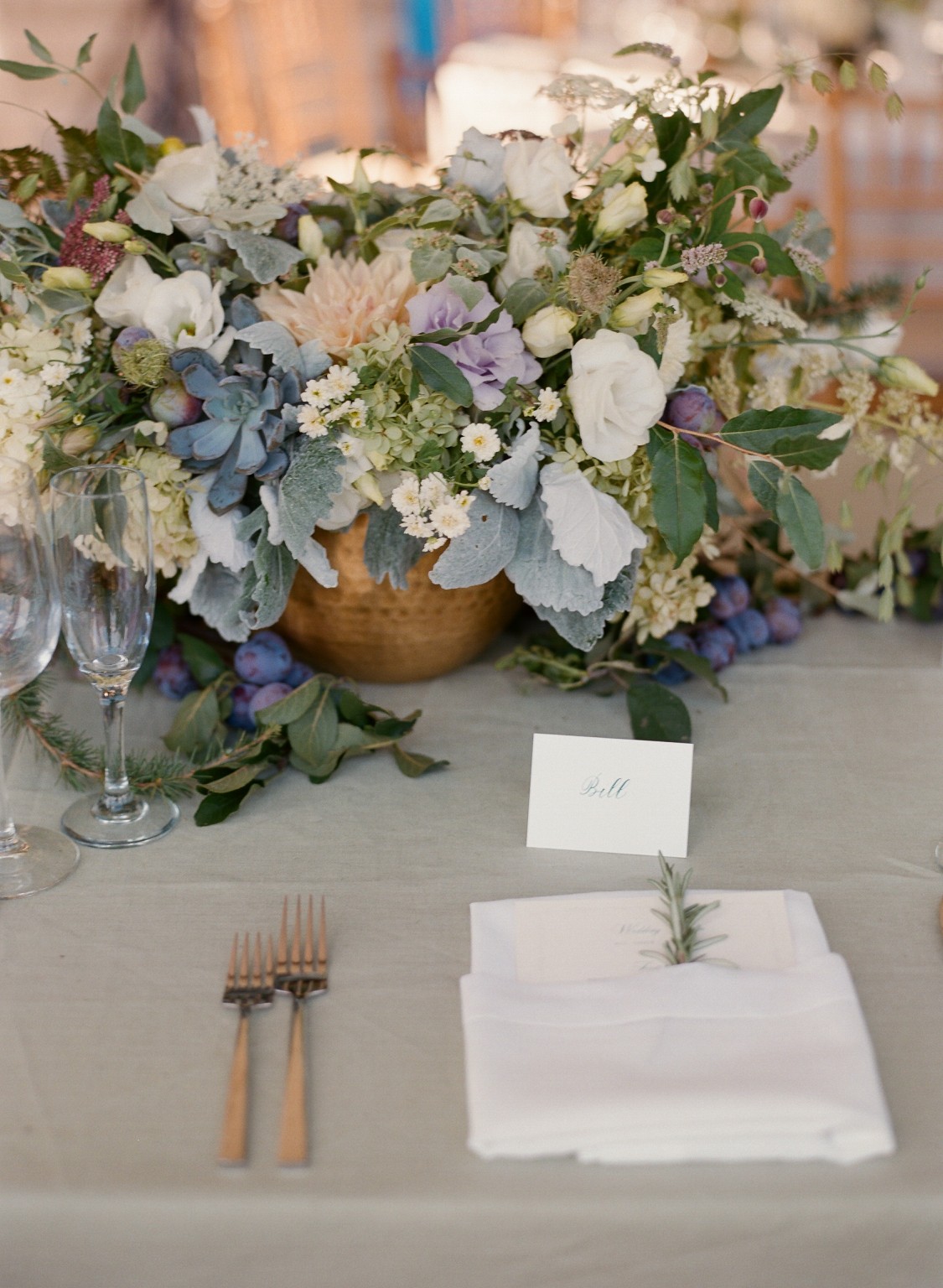
The differences between annual flowers and floral elements versus perennials (both woody and herbaceous) are more clear-cut, and there are significant trade-offs each farm has to weigh. To begin with, perennials require dedicated space for many years. How much good soil is a farm willing to devote to a crop that may take years to produce? “That is useable ground I have to let go, that is hard for me,” said Benzakein.
At Perry-winkle Farm in Chapel Hill, North Carolina, where four cultivated acres are spilt between vegetables and flowers, the approach doesn’t allow for permanent beds. “We have an intense five-year rotation and perennials wouldn’t fit in,” says Cathy Jones of Perry-winkle. “Everything gets turned in and moved.”
For Benzakein, permanent beds offer welcome relief from what she calls “turning and burning” of the annual beds. “I would say once established, [perennials] are pretty low maintenance compared to our annual production. It’s nice to not have to flip the entire field.”
The degree of maintenance depends on plant selections. There’s no escaping some labor in watering, mulching, pruning, dividing and weeding.
At Floret, where choking weeds drove them away from perennials, now they mulch heavily with wood chips and are more alert and regular about weeding. As for the vole nests they break up with regular tilling, Benzakein says the voles were nesting in the paths under landscape fabric. With a new practice of pulling up the fabric each fall and replacing it each spring, they expect to be free of the rodents.
At Love ’n Fresh, they plant perennials in black woven plastic for long-term weed control. The annuals that are rotated every year are planted into one-season use plastic for weed control.
Advantages of perennials include good moisture retention that results from not tilling and the robust roots in established perennials. With less need for watering, perennials can be a good choice for drought prone areas. In fact, some perennials can flourish in poor soils that wouldn’t support annuals, said John Dole, Interim Associate Dean and Director of Academic Programs in the College of Agriculture and Life Sciences at North Carolina State University. “I would say any of the low maintenance perennials such as baptisia, convallaria (can tolerate some shade), eucomis (Pineapple Lily), hellebores (shade), and some penstemons.”
While perennials can reduce labor costs over time, start-up costs generally are considerably higher than for annuals. Perennials produce for many years, but not right away like annuals. “It can take up to five years to begin really harvesting from some perennial and woody crops,” Love says. “The return on investment is slow.”
New farmers may not be able to wait. “When we started we were cash strapped and perennials were more expensive,” Jones said. For Perry-winkle, which has a deeply loyal following at regional farmers markets, reliable and abundant annuals that can be arranged into bouquets for the markets are what works best.
On the other hand, at Floret and Love ’n Fresh, known for high-end design work and workshops, they perpetually seek out unique textures, colors and shapes. “The good stuff you can’t grow from seeds,” Benzakein says. Perennial plugs can be expensive in general and specialty choices can ratchet the cost up. Benzakein pays extra for certain patented heuchera cultivars.
She also prefers larger bare root plants to smaller liners. Obviously, larger transplants cost more. In other cases, where only smaller liners are available, she puts them in one-gallon pots for a year before planting them in the fall.
“I’ve done it the other way,” she says, “trying to find two-inch hydrangeas swallowed in weeds.” Potting them up has additional labor and input costs and, of course, takes up space that might be used for something else.
While the bloom period can be shorter for many perennials, flower farmers are harvesting more than the blooms. Benzakein recommends flower growers select perennials that produce great foliages. “Our mixed bouquets are 60 percent foliage and filler,” she said.
Ninebark (Physocarpus opulifolius), the most productive woody at Floret, offers a good example of harvesting at many stages. Starting with a large bare root plant, they can harvest a little the second year and in abundance the third year with flowers produced on the previous year’s wood. First, they harvest flowers, and after the flowers shed, they use the beautiful seedpods. After that, they harvest straight foliage that can last 14 days in the vase. With flowers, seedpods and foliage, they harvest from May through October.
Below is Erin Benzakein working with ninebark. Photo by Chris Benzakein. Erin’s new book, Floret Farm’s Cut Flower Garden: Grow, Harvest and Arrange Stunning Seasonal Blooms is available from growingformarket.com.
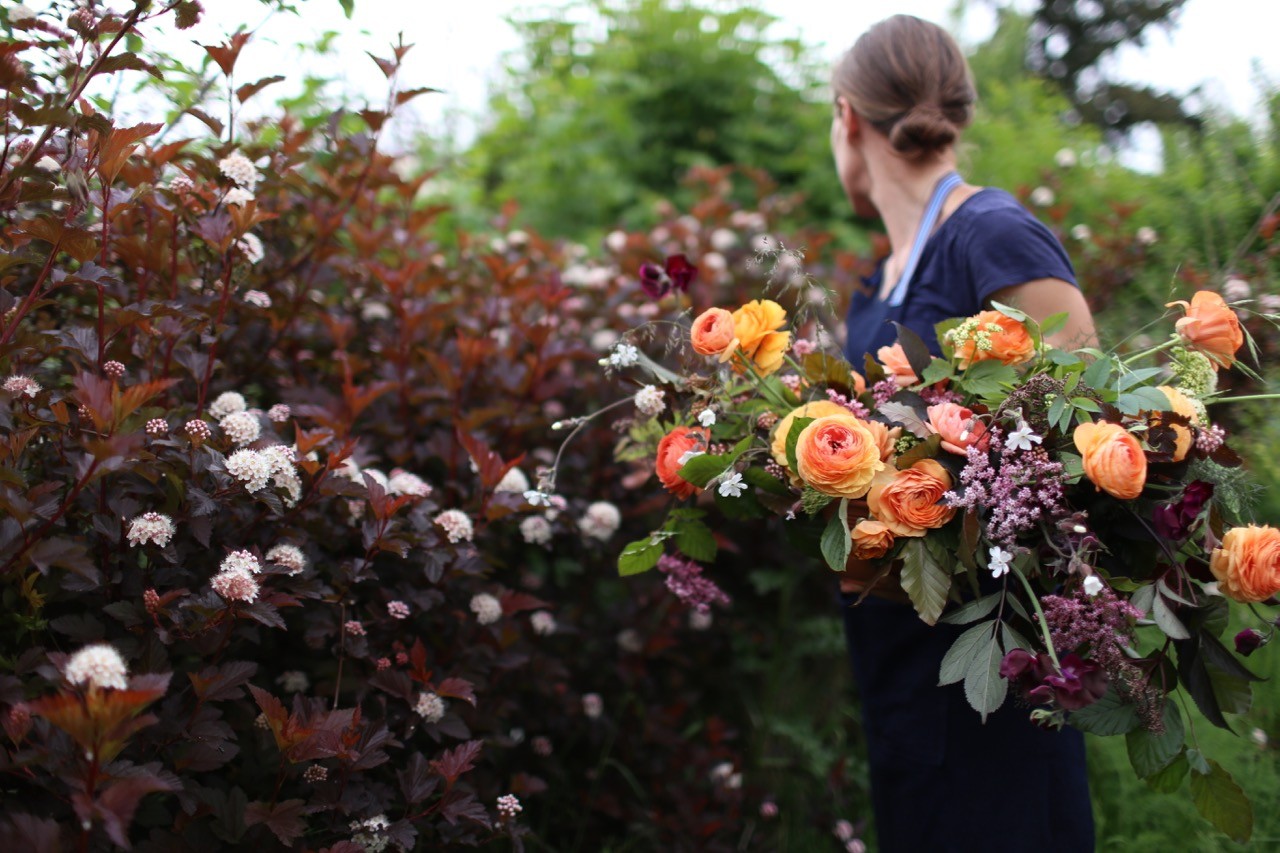
Sometimes permanent perennial beds are part of an overall plan to manage elements of the landscape. Floret sits in a flat, open valley that had been heavily logged. They created eight rows of woodies, each 150 feet long and 15 feet wide, that run along the farm’s boundaries to filter and break the wind. They protect the greenhouses in the windy valley. There’s also an environmental motivation: wildlife habitat. The perennial borders are stopover sites for songbirds. One of the rows is exclusively native plants. “It’s for pollinators and for critters to hide and nest,” Benzakein said. They cut very little from the native row.
The topic of native plants is a good place to start looking at a sampling of specific perennial flowers, foliages and other elements that Love and Benzakein favor. Of course, each farmer has to consider his or her horticultural zone, soils and markets.
On her website, Love lists “Five Native Perennial Cuts I Could Never Do Without” (http://tinyurl.com/hlwlbun). Here is a short description.
Mountain Mint (Pycnanthemum muticum) is native throughout the East, as far west as Texas and Illinois (excluding Indiana) and up the East coast from Georgia to Maine. [The source of native plant ranges is the USDA Natural Resources Conservation Service.] Its sturdy stems — once hydrated — hold up out of water. In the Philly area, Love harvests flushes of stems in late June and early September. While it spreads rapidly, it’s more contained on her farm because heavy cuts reduce its energy. Honeybees and other pollinators love the tiny flowers.
Northern sea oats (Chasmanthium latifolium) is native throughout the eastern United States and reaches into New Mexico and Arizona. “The nodding heads add beautiful movement to mixed bouquets and centerpieces,” Love wrote. She favors using it green, but also dries some. To keep it from spreading too aggressively, she plants it in shade and mows it down.
False Blue/Wild Indigo (Baptisia australis) is native throughout the eastern half of the country with the exception of Louisiana, Mississippi and Florida. Love says it’s one of the hardest working plants on her farm. In spring, she uses the yellow or purple flower spikes, in June the green seed pods for wedding work, and the foliage the rest of the year. The three-year wait for the first harvest is worth it, she says.
Joe Pye Weed (Eupatorium dubium) is drought tolerant and native along a band of the East coast and Mid-Atlantic from South Carolina to Maine and into Nova Scotia. Love uses the delicate umbel of creamy pink flowers in bud stage in late summer and autumn for mixed bouquets and design. For a rustic, wildflower look she waits until it’s fully open.
Heuchera villosa ‘Autumn Bride’ is native to rocky wooded slopes in Virginia, Georgia and Tennessee. This cultivar, larger than most with six-inch stems and wide leaves, is key for Love ’n Fresh in late spring and early summer when good foliage is in short supply. The fall’s tall white flower spikes are used in mixed bouquets and wedding work.
In the Pacific Northwest at Floret, heuchera is harvested from early May through the summer. “The leaves come back in shocking amounts,” Benzakein said. It’s good for shorter arrangements, covering the vase lips of centerpieces, and the leaves are leathery enough for boutonnieres. Among her favorite cultivars is Heuchera micrantha “Palace Purple” with its cranberry and maroon leaves.
Among the favorite ninebarks at Floret: “Diabolo,” with dark purple leaves, white flowers, red seed pods; and, “Coppertina,” purple-leafed with pinkish white button shaped flowers. Benzakein said florists love the novelty colors.
They also love the mints at Floret where there’s 150 feet of Apple Mint (Mentha suaveolens “Ehrh”). It’s the first foliage, harvested by Mother’s Day. “It smells wonderful,” Benzakein said. It is tall with “a beautiful sagey green.” Floret grows 50 feet of Pineapple mint (Mentha suaveolens “Variegata”), which is shorter and comes on a little later. The green and white variegation is popular for wedding work. “Fifty percent of the orders from florists are going to be white,” Benzakein said.
Each year, the Association of Specialty Cut Flower Growers holds trials and selects winners among annuals, perennials and bulbs. The following link offers winners back to 2000- http://tinyurl.com/jkcjxlx.
Dole, who with his colleagues at NC State conducts trials, offers a few of his favorite woodies and perennials. Among the hydrangeas, he especially likes the Hydrangea paniculata cultivars, valued for their vigor and range from zones 3 to 8. They produce large pyramidal clusters of white flowers that can be preserved and dry well. The Hydrangea arborescens cultivars are also valuable. Michael Dirr calls ‘Annabelle’ “…unabashedly the queen of the Hydrangea arborescens bash.” Flowering on new growth it’s a workhorse for cut flower growers. Dole also likes the ninebarks, Bleeding heart (Dicentra), variegated Solomon Seal, Monarda ‘Raspberry Wine,’ and Lily of the Valley.
This is the first in an occasional series of articles talking with growers about their favorite perennials.
Resources
Woody Cut Stems for Growers and Florists, by Lane Greer and John M. Dole, Timber Press. Unfortunately this one is out of print but you may be able to find it used.
Specialty Cut Flowers, by Allan M. Armitage and Judy M. Laushman, Timber Press is available from growingformarket.com
Floret Farm’s Cut Flower Garden: Grow, Harvest and Arrange Stunning Seasonal Blooms by Erin Benzakein is available from growingformarket.com.
Jane Tanner grew cut flowers and specialty crops at Windcrest Farm and Commonwealth Farms in North Carolina, and helped manage the biodynamic gardens at Spikenard Farm in Virginia.


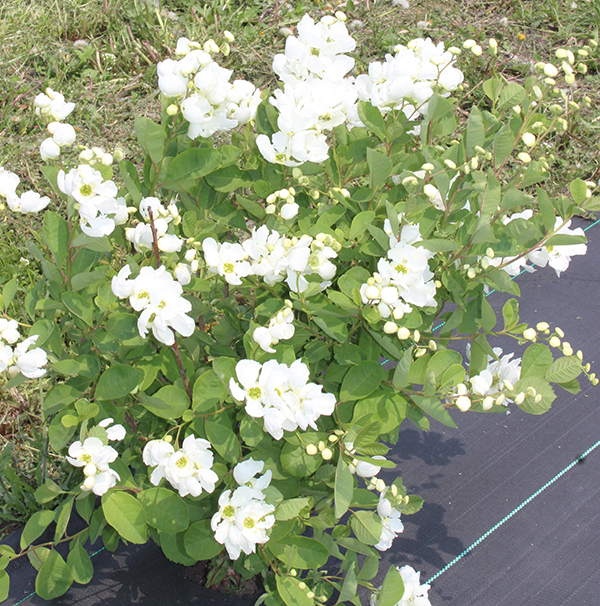 There are a lot of things we can’t grow in our climate and soil here in zone 4a in Starbuck, Minnesota. But I’m especially envious of some of the woody perennials I see other farmers growing – even at farms just a few hours south of us. As a result, I’m always looking for new woodies to try that are hardy here.
There are a lot of things we can’t grow in our climate and soil here in zone 4a in Starbuck, Minnesota. But I’m especially envious of some of the woody perennials I see other farmers growing – even at farms just a few hours south of us. As a result, I’m always looking for new woodies to try that are hardy here. 
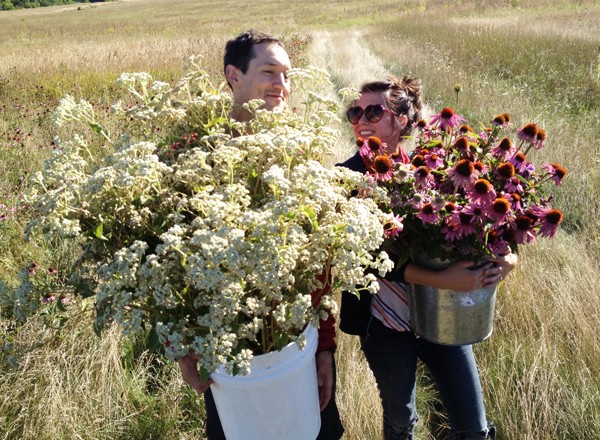
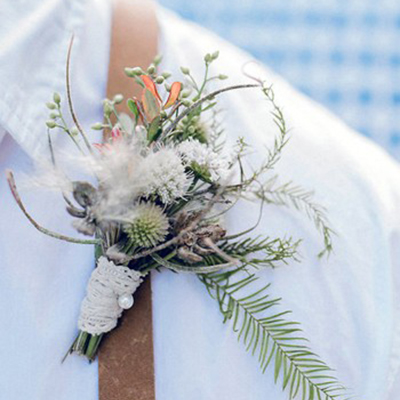
 Sisters grow native perennials in Florida and New York
Sisters grow native perennials in Florida and New York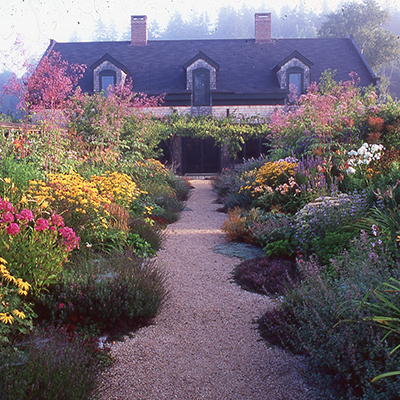
 Since its founding in 1968 by my husband Eliot Coleman, Four Season Farm has sought to produce the best vegetables possible, using soil-based organic methods, on a small amount of land. When I showed up in 1991, Eliot had begun to pioneer winter vegetable production, and I was delighted to give up the landscape design business I’d run in Connecticut and grow veggies with him. Then, about 10 years ago, flowers started to creep in.
Since its founding in 1968 by my husband Eliot Coleman, Four Season Farm has sought to produce the best vegetables possible, using soil-based organic methods, on a small amount of land. When I showed up in 1991, Eliot had begun to pioneer winter vegetable production, and I was delighted to give up the landscape design business I’d run in Connecticut and grow veggies with him. Then, about 10 years ago, flowers started to creep in.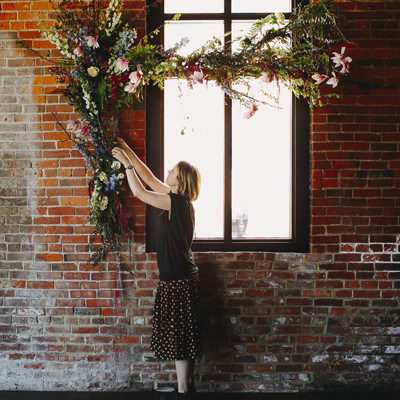
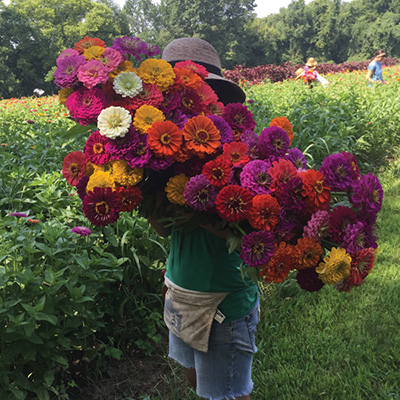
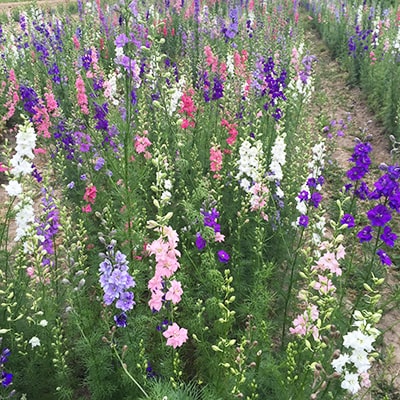
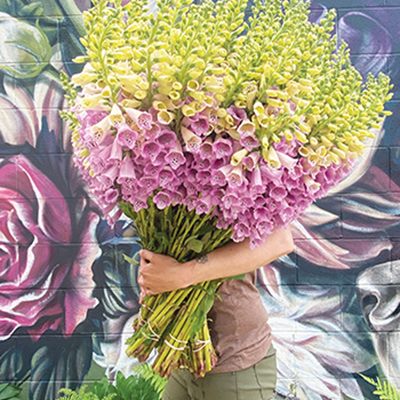
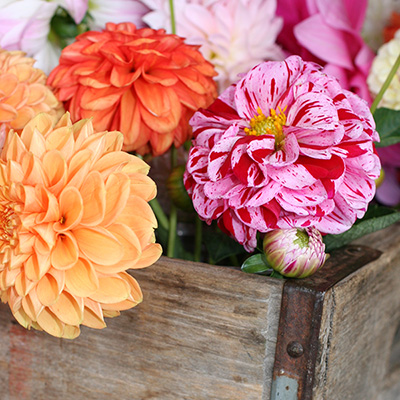



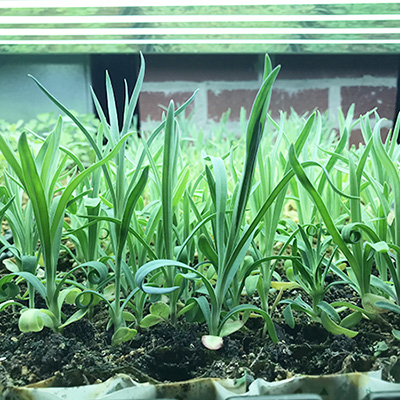
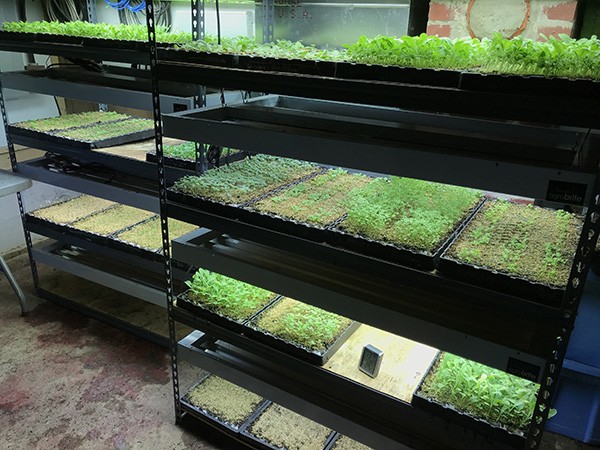 Have you ever lost precious seedlings in your greenhouse to frost? How about tossing a flat or two out due to heat stress or a missed watering? Or better still, stared at a tray of seeds that won’t germinate, with smoke coming out of your ears, because you’re sure someone (not you!) mis-watered them at a critical moment? Have you ever shrugged to yourself reading the growing instructions on a seed packet that says “Germinates best at 70 Fahrenheit” while standing in your 85-90 degree greenhouse? You’ve started to look into a germination chamber to solve some of these issues, but they look pricey and have limitations like not being able to handle as many flats as you’d like to start at once.
Have you ever lost precious seedlings in your greenhouse to frost? How about tossing a flat or two out due to heat stress or a missed watering? Or better still, stared at a tray of seeds that won’t germinate, with smoke coming out of your ears, because you’re sure someone (not you!) mis-watered them at a critical moment? Have you ever shrugged to yourself reading the growing instructions on a seed packet that says “Germinates best at 70 Fahrenheit” while standing in your 85-90 degree greenhouse? You’ve started to look into a germination chamber to solve some of these issues, but they look pricey and have limitations like not being able to handle as many flats as you’d like to start at once.

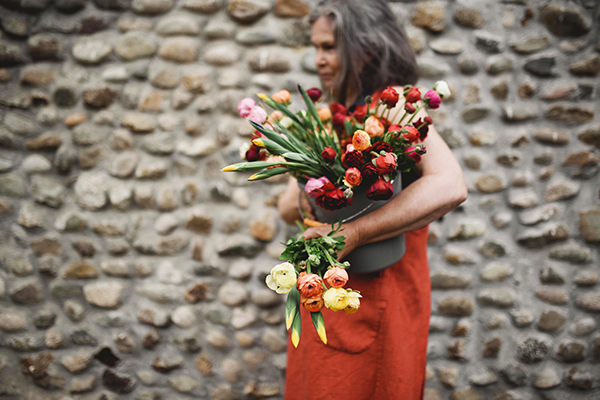 Lorna Jackson started flower farming intensely relatively later in life at Ninebark Farm on a century-old hayfield in Metchosin at the southern tip of Vancouver Island in British Columbia, Canada. Now 64, she plans to continue into her 70s. To keep going, she makes adaptations to ease the toll on her body.
Lorna Jackson started flower farming intensely relatively later in life at Ninebark Farm on a century-old hayfield in Metchosin at the southern tip of Vancouver Island in British Columbia, Canada. Now 64, she plans to continue into her 70s. To keep going, she makes adaptations to ease the toll on her body.